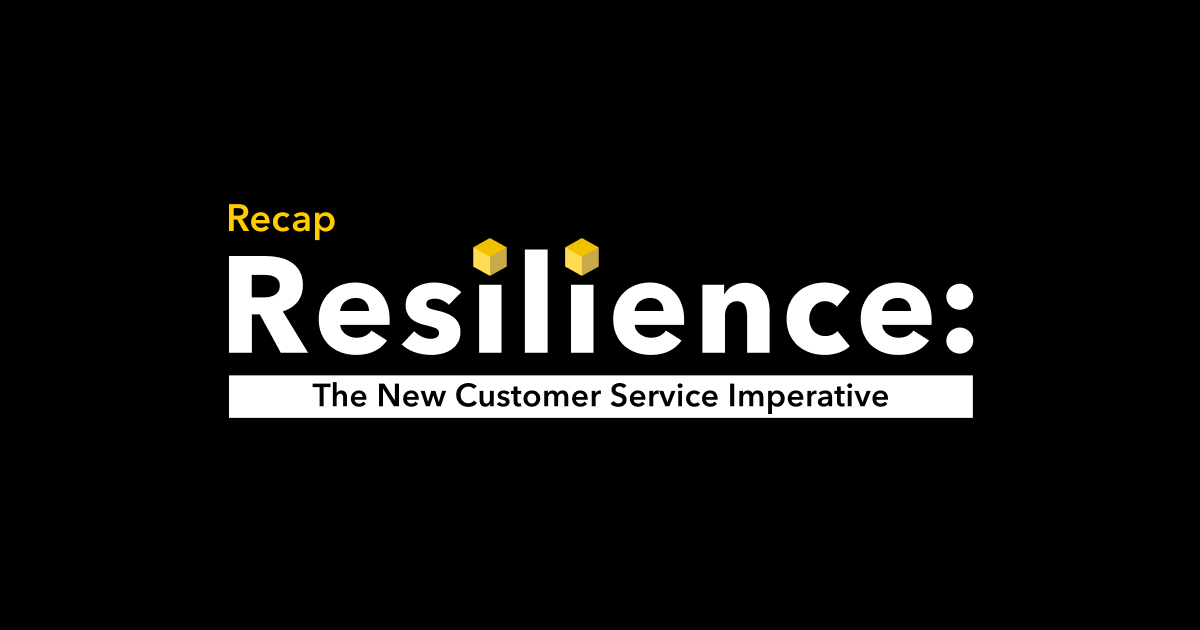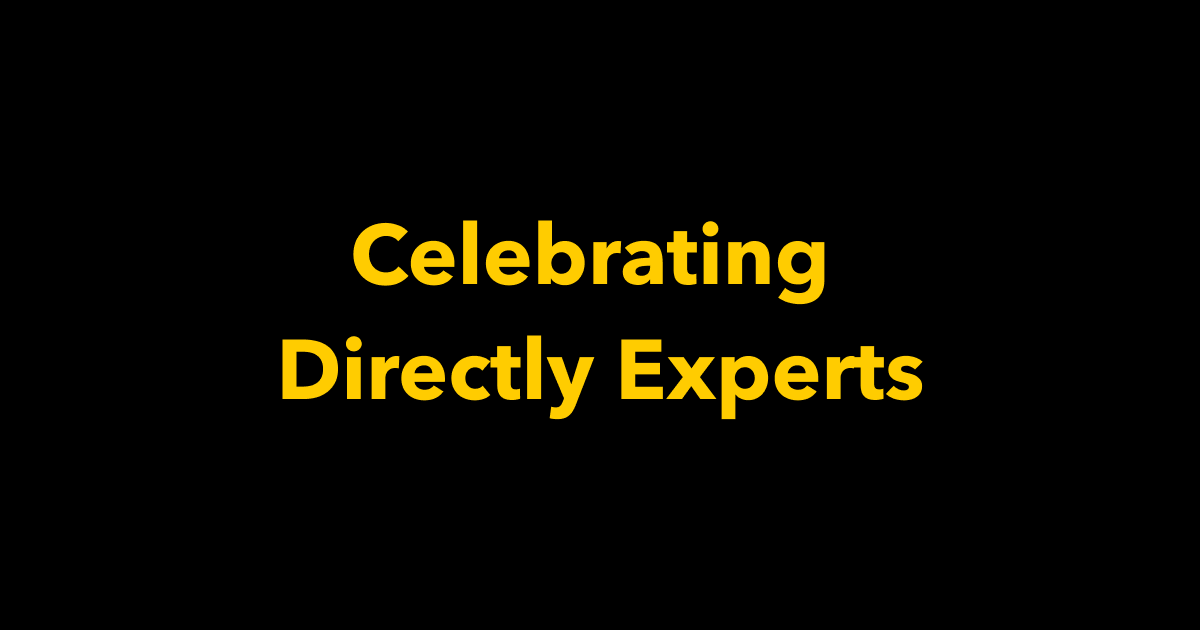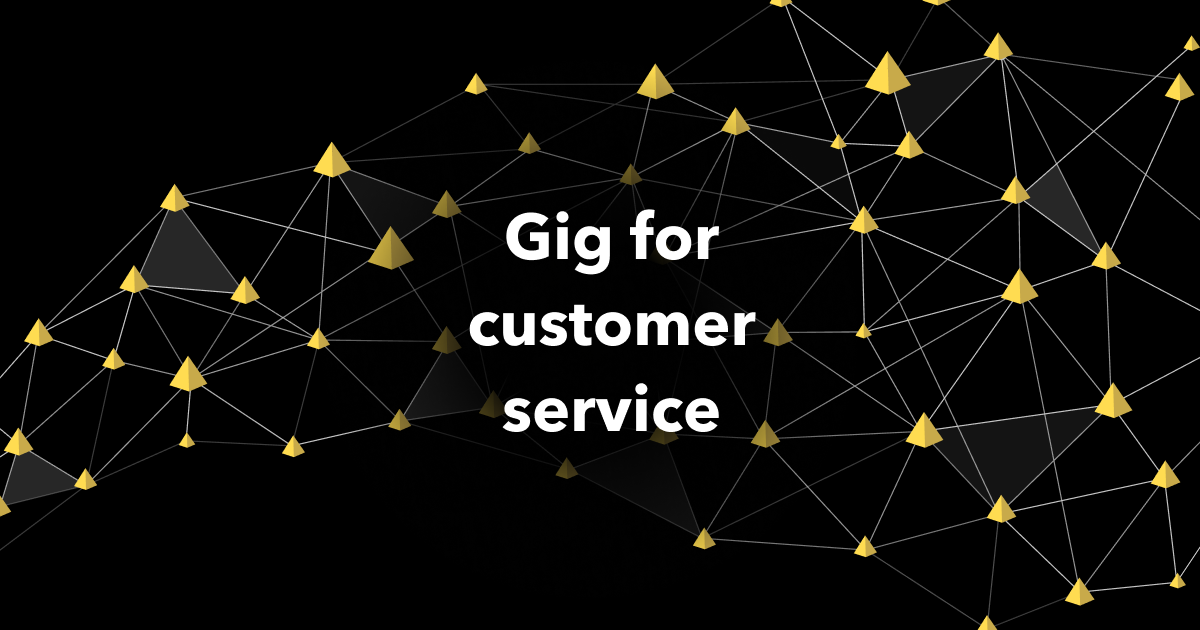This is a simple story about me being a customer. How I was blocked. How I reluctantly contacted the company’s customer service. How a Directly on-demand expert unblocked me and how I immediately spent more money.
It may be a simple story, however, my experience sheds some light on a more complex trend: Companies are looking to the crowd to help scale their customer support. One reason why: Tapping their own expert users to provide support might just be the best way of quickly unblocking their customers — and keeping them.
‘Unblocking’ in the context of customer service
Working in tech for 20 years, I’ve often heard the term “blocker” used in agile development. It usually refers to when someone’s task on a project is stifled because of a barrier. Usually, that barrier is something you can’t just bust through on your own. To become “unblocked,” you need something else to be completed first, or you need help from someone else with the specialized skills you don’t have.
I’d never heard the term “unblocking” in the context of customer service. But it struck me just how beautifully simplistic and appropriate the term was.
Many times, when people contact customer support, they are simply blocked. It could be that they can’t log in to their service. Or that they’re having technical issues. Or something about the product or service wasn’t working as they’d expected. In any case, they’ve effectively stopped being a customer. They are stuck.
Similar to agile developers, many blocked customers need help from someone else with the specialized skills or knowledge they don’t have.
In this context, I realized I had just experienced the frustration of being blocked.
The promise — and perils — of online gaming
Last year, I’d purchased a new gaming system just before the pandemic hit. My tween-age son was itching to start playing games with his buddies online — which became even more important to him when his school closed and shelter-in-place orders kept everyone from seeing friends.
So, I signed up for a subscription that allowed him to play with his friends online. Or, so I thought. The first time he tried to play his favorite game with a friend, he received a confusing error message. I was convinced it had to do with the system’s parental and/or family settings — and his age. Over the course of a few sessions, I experimented with some of the content restrictions — and he tried playing with a couple of different friends. Nothing worked.
Yet, I was fearful of contacting customer support because I knew all of the variables involved. Multiple friends. Different gaming platforms. Different games. Individual gamer profiles. Family and content settings. Account settings. Internet. I was afraid of losing half a day troubleshooting all possible causes with support agents who didn’t understand gaming and were simply following a script.
I promised my son I’d figure it out. We got busy and the blocker lingered.
Months later, frustrations boiled over. Reluctantly, I finally contacted the gaming company’s customer support. Through a messaging interface, I typed a brief summary of my issue. In a matter of a few seconds, a Directly expert working on behalf of the company responded.
He immediately asked me to check my subscription level. I did — and it turns out that, when I first signed up several months back, I’d subscribed to the wrong service. I needed a more expensive subscription.
While I don’t have a history of it, the messaging session with the expert couldn’t have lasted more than 2 minutes.
A minute later, I upgraded my service.
Another 10 minutes later, my son finally was playing his favorite game with his friend online.
I was unblocked. I was now paying the gaming company more money. And I was happy about it.
The cost of blocked customers — and ROI of unblocking
When considering the key success metrics for customer service, almost no metric holds as much importance as customer lifetime value (CLV).
It’s difficult to measure the CLV — especially in terms of quantifying how great customer service impacts CLV. Similarly, it’s hard to assign a value to this idea of unblocking customers. But there are two simple and undeniable truths:
–The more quickly a blocked customer is unblocked, the more they can enjoy the product or service and the more likely they are to spend more money — thus increasing their CLV. One recent survey found that 96% of consumers say that if a brand helps solve their problems immediately, they will do business with that brand again. I’m proof of this.
–The longer a customer is blocked, the more likely they are to no longer be a customer, thus limiting their CLV. In fact, one 2018 study found that ineffective customer service is costing businesses upward of $75 billion a year.
Why the crowd may be better at unblocking your customers
I was blocked for months and it was (partly) my own fault. I was afraid to contact customer service because I feared being bounced around a contact center for hours as different “trained” customer service agents researched my issue. My own scar tissue from past customer service failures kept me from reaching out to get help sooner.
But when I finally reached out, I was unblocked quickly — via someone who understood the platform because they were an actual user. It wasn’t a call center agent. It was a fellow gamer, who happened to be a Directly on-demand expert (and was getting paid for his expertise). It was more like messaging with a trusted friend for advice. As Directly’s Joey Greenwald recently wrote (Three Reasons You Can Trust On-Demand Experts to Help Your Customers), “When we need help, we’d prefer to talk to a specialist — a trusted person who’s been there, done that.”
Many times, contact center agents are hired because of their customer service expertise — but they often have little or no expertise in the products or services they are representing. Contact centers and BPOs may have rigorous training to help prepare agents — along with scripts that help Tier 1 agents go through a sometimes awkward step-by-step process for identifying a problem.
However, I’d much rather troubleshoot with someone who understands gaming, who has personally set up a similar system to mine and subscribes to the same service that I do.
The first thing the expert suggested was to look at my subscription level. It’s entirely possible that a contact center agent, who isn’t a gaming expert, may have followed a script and resolved my issue just as quickly. However, based on my personal experiences, it’s more likely it would have taken longer. And, possibly, as I feared, much longer.
I personally trust more in the idea of an expert helping me than a highly managed customer service specialist. As Forrester analyst Ian Jacobs said, “Customers see that their interests and those of the expert align in a way that will never be true for contact center agents.”
A simple story of unblocking
To recap this somewhat simple story: I was a customer. I was blocked. Then, I received some expert customer service. I was unblocked. And I happily spent more money. That’s ROI for the company.
Even simpler: My son can now happily play games online with his friends — during a pandemic. Forget ROI. To me, that’s priceless.
Note: Troy Petersen is an editorial consultant for Directly.
Why Directly Experts?
Directly delivers world-class customer service for leading Fortune 500 brands. Captive and outsourced contact center models increasingly can’t keep up with customer service demands, while self-service is only effective at deflecting simple contacts. With Directly, we help you troubleshoot a wide range of technical issues using on-demand experts and best-in-class AI technology. Customers like Microsoft, Samsung, and Airbnb partner with Directly to reduce contact center volume up to 40%, boost CSAT up to 20%, and save millions per year. Contact us to set up a demo today.



